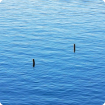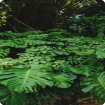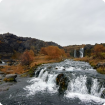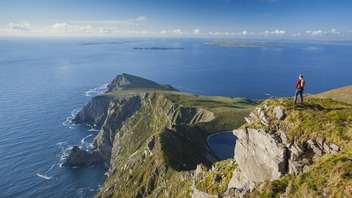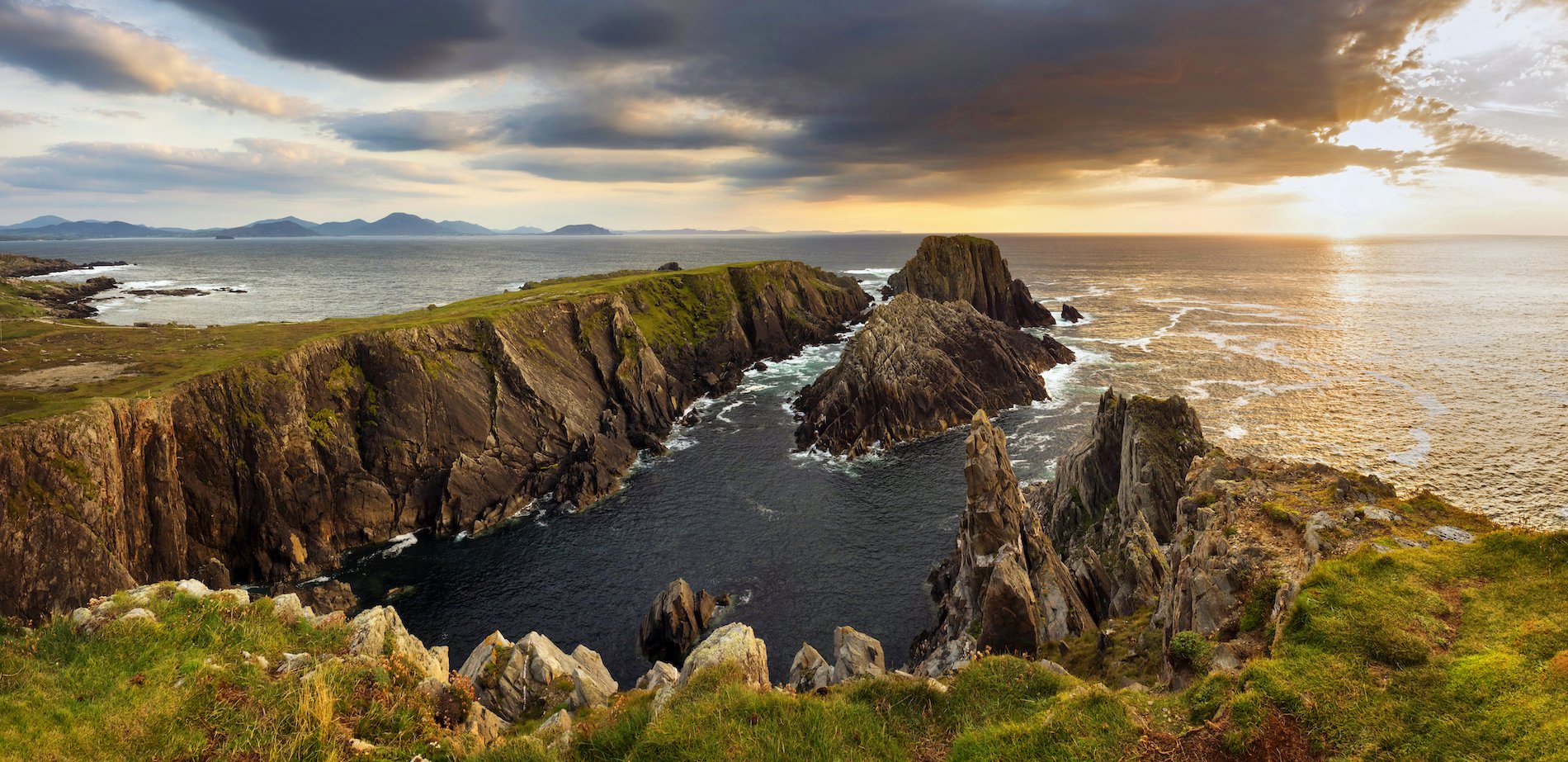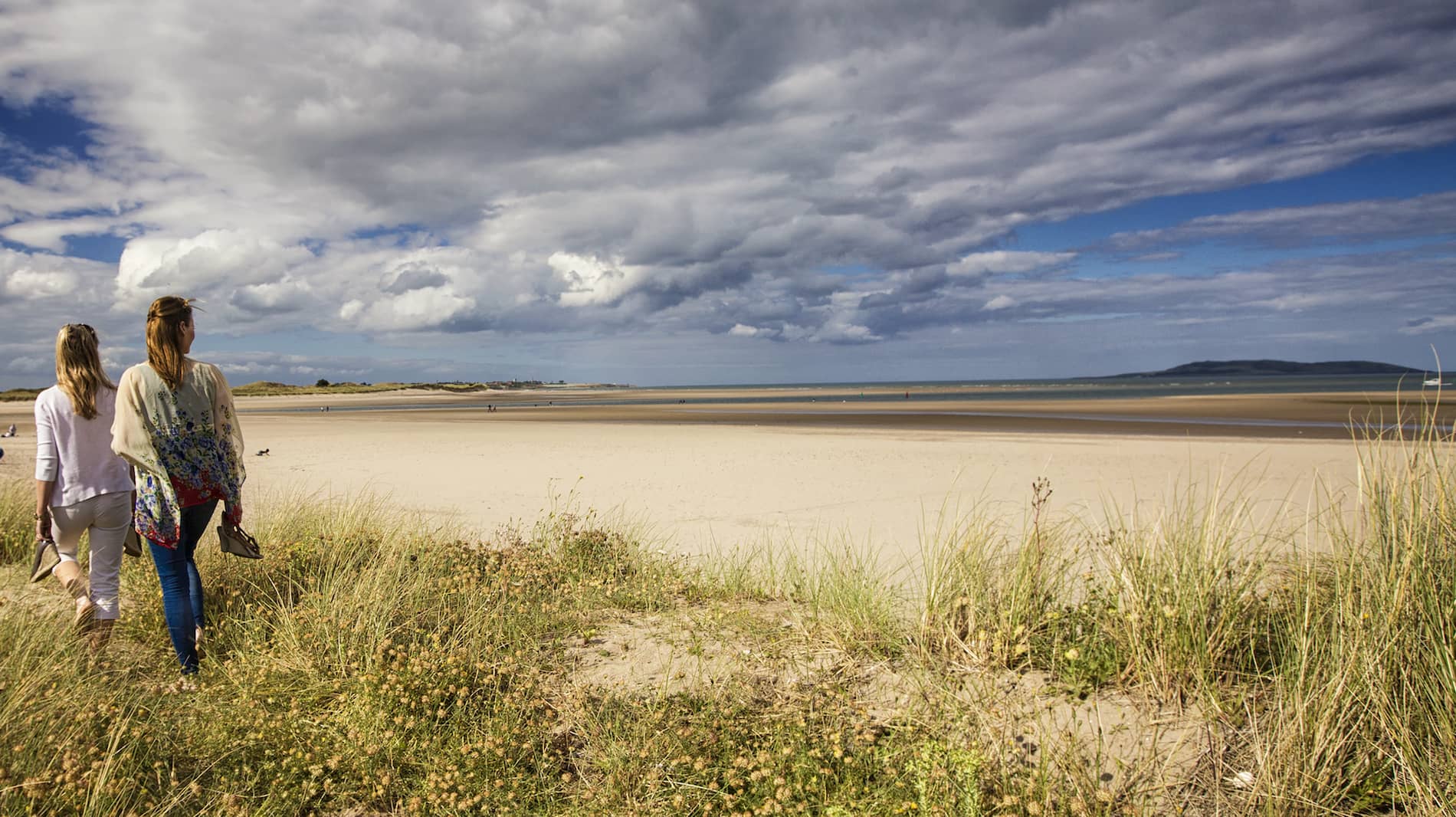Things to do
What takes your fancy? Walking in rugged mountain ranges? Eating food fresh from the sea? Warming up by a turf fire in a traditional Irish pub? Well then you're going to LOVE us!
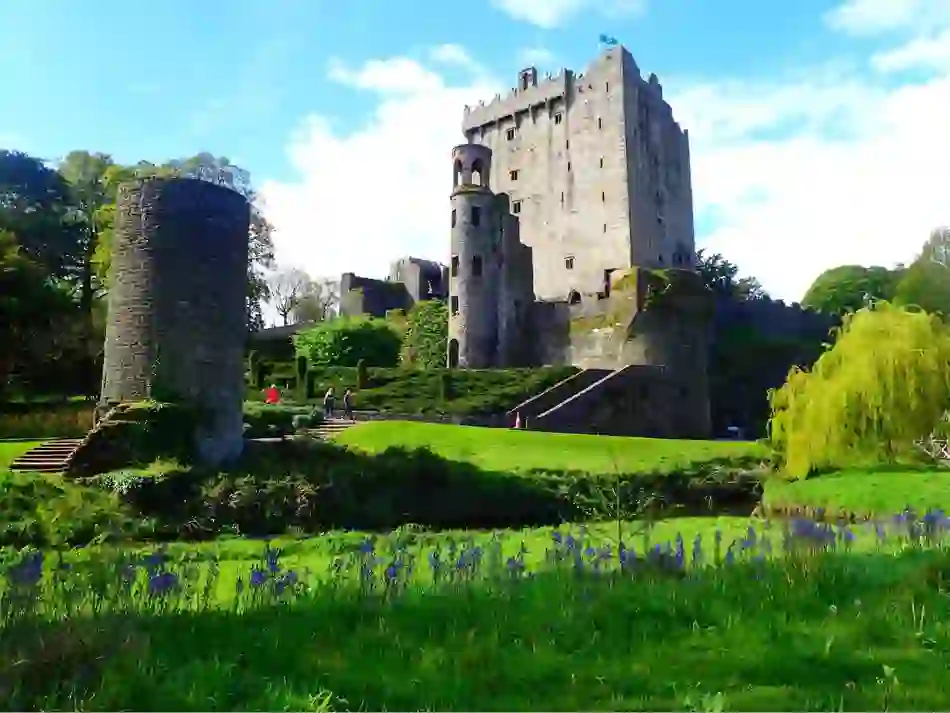
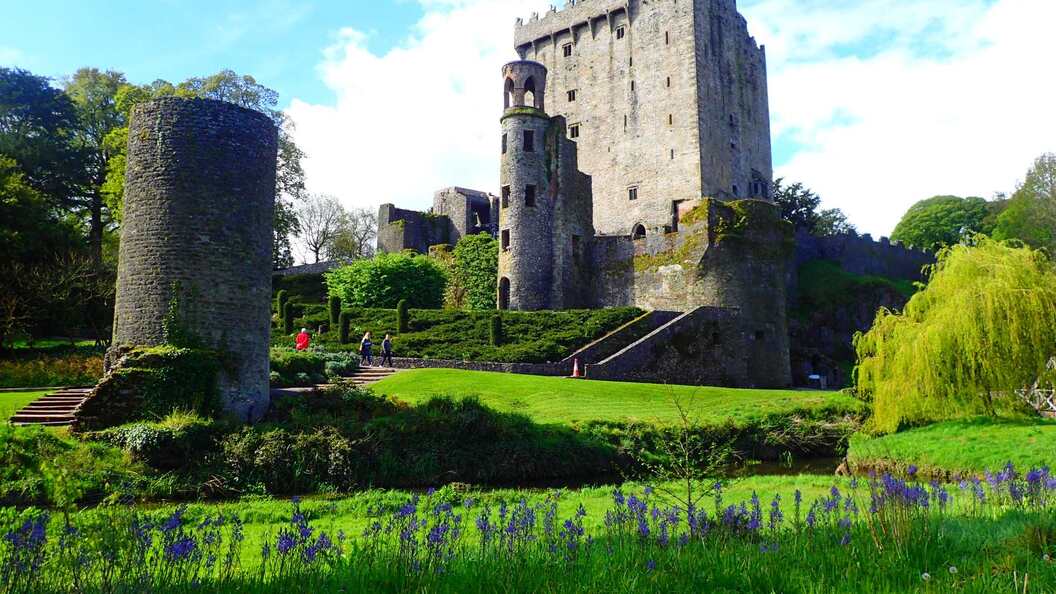
Blarney Castle


Crumlin Road Gaol
Crumlin Road Gaol
Step off the Belfast city streets, and be transported into 150 years of history…
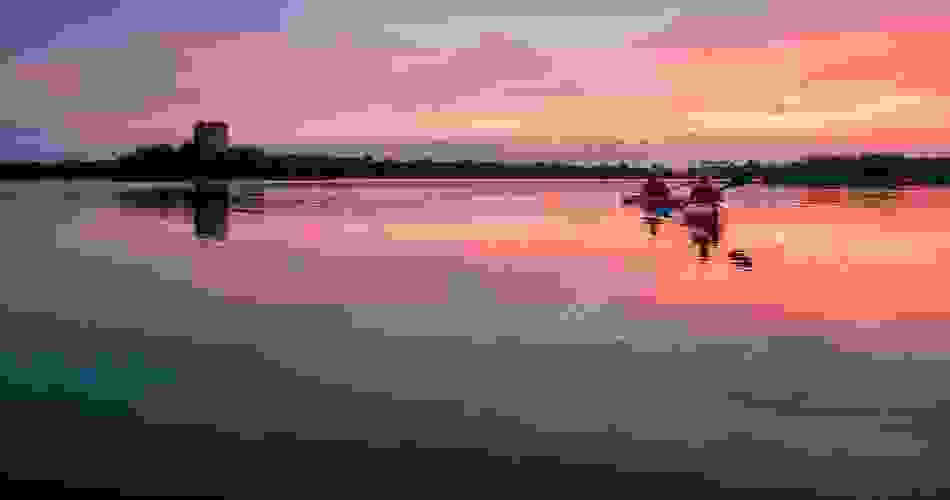
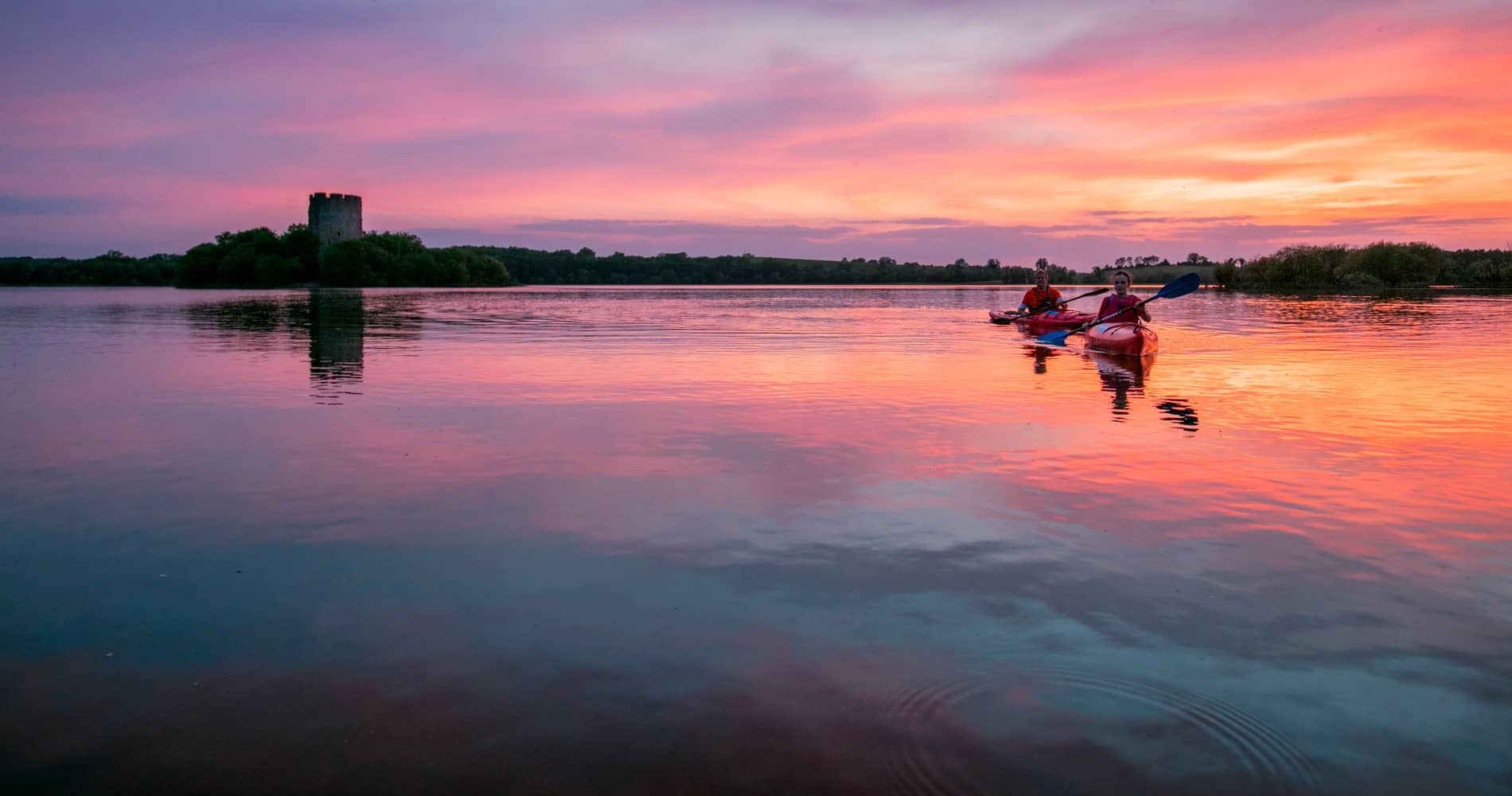
Where do you want to go?
All of Ireland
City
County
When are you thinking of coming?
Anytime
Dec - Feb
Jun - Aug
Mar - May
Sep - Nov
Select a specific date











